Gas Chromatography-Mass Spectrometry
Introduction
Gas Chromatography-Mass Spectrometry (GC-MS) is a powerful analytical technique that combines the separation capabilities of Gas Chromatography with the detection properties of Mass Spectrometry. This method is widely used in various fields such as forensic science, environmental analysis, and drug detection due to its ability to identify individual substances within a test sample.
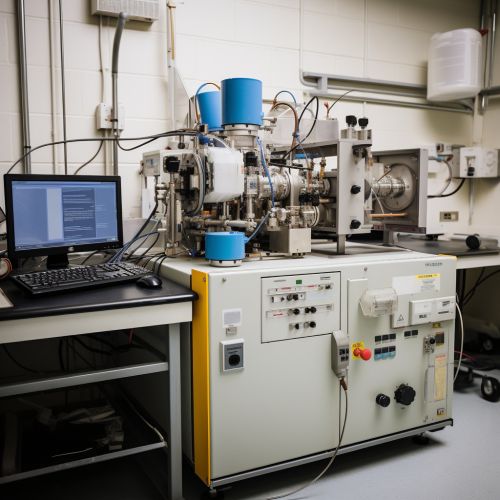
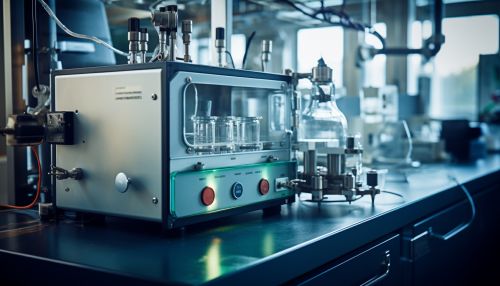
Principles of Operation
The operation of GC-MS involves two major steps: the separation of the sample by gas chromatography and the identification of the components by mass spectrometry.
Gas Chromatography
In the first step, the sample is vaporized and injected into the gas chromatograph. The sample is then carried by an inert gas (usually helium or hydrogen) through a coated glass or metal capillary column. The coating or stationary phase of the column is designed to attract certain components of the sample more strongly than others. This causes different components to travel through the column at different speeds, effectively separating the sample into its individual components.

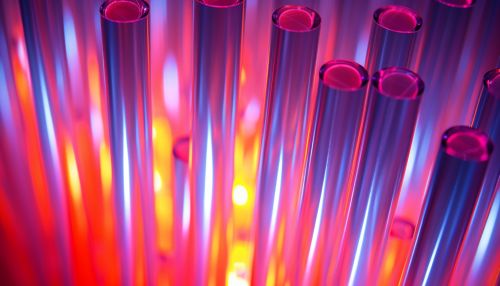
Mass Spectrometry
The separated components then enter the mass spectrometer where they are ionized by an electron beam. The resulting ions are accelerated into a mass analyzer where they are separated based on their mass-to-charge ratio. The ions are then detected, and a mass spectrum is generated for each component. The mass spectrum serves as a unique "fingerprint" that can be used to identify the component.
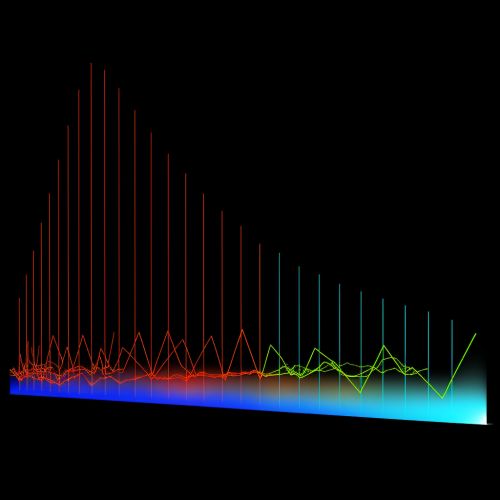

Applications
GC-MS has a wide range of applications due to its ability to provide detailed and reliable analytical data.
Forensic Science
In Forensic Science, GC-MS is used for the detection and identification of drugs, explosives, and other chemical evidence. The technique can provide definitive proof of the presence of a particular substance in a sample, making it a valuable tool in criminal investigations and legal proceedings.
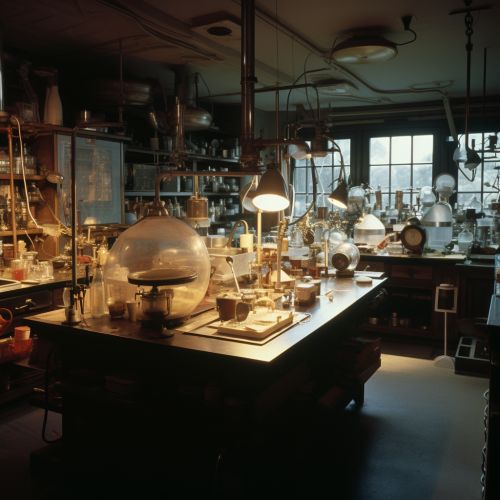

Environmental Analysis
GC-MS is also used in Environmental Analysis to detect and quantify pollutants in air, water, and soil samples. The technique can identify a wide range of organic pollutants, including pesticides, herbicides, and industrial chemicals.


Drug Detection
In the field of Drug Detection, GC-MS is used to test for the presence of illegal drugs in biological samples. The technique can detect a wide range of drugs, including marijuana, cocaine, heroin, and amphetamines, with a high degree of accuracy.
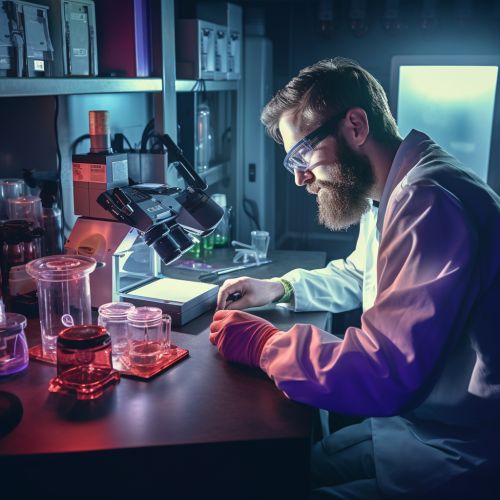
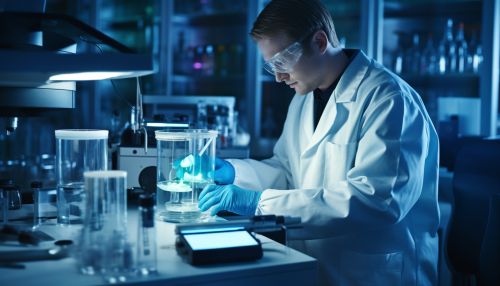
Advantages and Limitations
Like any analytical technique, GC-MS has its advantages and limitations.
Advantages
One of the main advantages of GC-MS is its ability to provide both qualitative and quantitative data. The mass spectrometer can identify the individual components of a sample, while the gas chromatograph can determine the concentration of each component. This makes GC-MS a highly versatile and powerful analytical tool.
Another advantage is the high sensitivity and selectivity of GC-MS. The technique can detect trace amounts of a substance in a sample, and it can differentiate between closely related compounds.
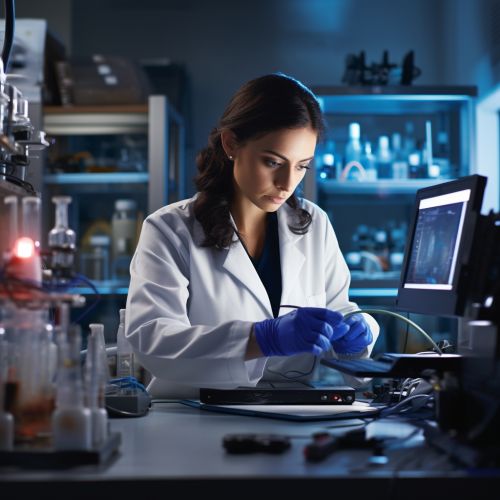

Limitations
One of the main limitations of GC-MS is that it can only analyze volatile and thermally stable compounds. Non-volatile or thermally unstable compounds must be derivatized (chemically modified) before they can be analyzed, which can be a complex and time-consuming process.
Another limitation is the cost of GC-MS instruments, which can be prohibitive for some laboratories. However, the high-quality data provided by GC-MS often justifies the investment.
Conclusion
In conclusion, Gas Chromatography-Mass Spectrometry is a powerful and versatile analytical technique that is widely used in various fields. Despite its limitations, the advantages of GC-MS make it an invaluable tool for the detection and identification of chemical substances.
